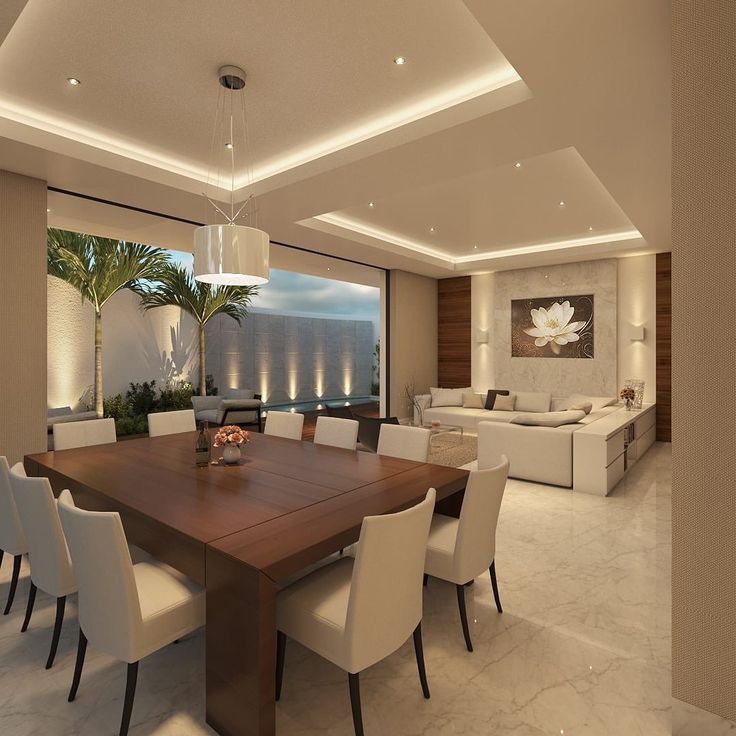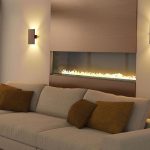When it comes to designing a living room, one of the most important aspects to consider is the lighting. Proper lighting can enhance the atmosphere of the room, make it more functional, and even make it appear larger. Therefore, it is crucial to carefully plan and execute a lighting design that complements the overall aesthetic of the space.
One of the first things to consider when designing the lighting for a living room is the natural light that comes into the room. If the room receives a good amount of natural light during the day, it is important to take advantage of this and allow the light to flood the space. This can be achieved by keeping window treatments light and sheer, and using light-colored furniture and accessories that reflect the natural light.
In addition to natural light, it is important to have a variety of lighting sources in the living room to create different moods and serve different functions. A combination of ambient, task, and accent lighting can help achieve this. Ambient lighting, such as overhead lights or wall sconces, provides overall illumination for the room. Task lighting, such as table lamps or floor lamps, is essential for reading, working, or other specific tasks. Accent lighting, such as track lighting or picture lights, can highlight artwork, architectural features, or other points of interest in the room.
Another important consideration when designing the lighting for a living room is the color temperature of the light. Warm white light (around 2700K-3000K) creates a cozy and inviting atmosphere, while cool white light (around 4000K-5000K) is more energizing and can make a space feel more spacious. Using a combination of warm and cool white light can help create a balanced and versatile lighting scheme in the living room.
When it comes to selecting light fixtures for the living room, there are endless options to choose from. Whether you prefer chandeliers, pendants, flush mounts, or recessed lighting, each type of fixture can add its own unique style and functionality to the room. It is important to consider the scale of the fixtures in relation to the size of the room and the height of the ceiling to ensure they complement the space appropriately.
Finally, it is essential to consider the controls for the lighting in the living room. Installing dimmer switches allows for adjustable lighting levels to create different moods and save energy. Additionally, smart lighting systems offer the convenience of controlling the lights with a smartphone or voice command, creating a seamless and modern lighting experience in the living room. By carefully planning and executing a thoughtful lighting design, you can transform your living room into a warm, inviting, and functional space for your family and guests to enjoy.
 bebadesign Interior Design Ideas
bebadesign Interior Design Ideas














